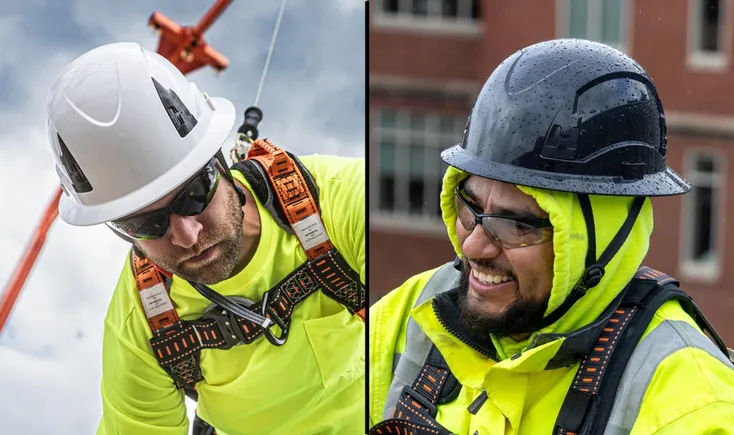Last August, I took my pickup to the dealership for a nagging check engine light. While it was being looked over, I chatted with the salesman I normally deal with, and he told me about the latest and greatest 2025 models. He told me how the twin turbo inline six-cylinder engine beats my V8 in nearly every category, ‘It’ll even tow your travel trailer better, I swear! You need to at least take a drive while we’re checking out your truck.’ So, I did, and he was right. I was very impressed, almost embarrassed at my blind allegiance to an engine style that I thought couldn’t be beat with lesser displacement, even if enhanced by forced induction. I drove home that day with a multi-thousand dollar estimate to repair my truck, in addition to a trade-in offer where the repair cost would disappear. The next drive home from the dealership was with that new truck I swore I wouldn’t have just days before.
As I transferred my personal belongings to the new pickup, I grabbed my safety helmet from behind the driver’s side headrest and placed it in the same spot on the new truck. I was again chatting with the salesman, who knows I’m in workplace safety, and he observed my helmet and said, ‘Wow, I bet that Robo-Cop hard hat gets a lot of laughs, do people actually wear those?’ I suppose he had already won the sale, so no need to compliment further.
That moment stuck with me because it made me realize how much of our identity is tied to what we wear. Whether it’s a ball cap, a favorite pair of boots, or even a hard hat, people develop a connection to their gear. It’s not just about function—it’s about familiarity and even pride. In construction, workers have been wearing hard hats for decades. The classic Type 1 hard hat has become as much a symbol of the trade as a tool belt. So, when you introduce a safety helmet with a chin strap, a different shape, and a new fit, you’re not just changing equipment—you’re changing tradition.
But while tradition is powerful, so is progress. Type 2 safety helmets offer significantly better protection than Type 1 hard hats. Traditional hard hats are designed to protect from top impacts, like something falling straight down onto a worker’s head. However, construction workers face hazards from all angles—falling objects, slips, trips, and even impacts from the side. Type 2 helmets provide protection from both top and lateral impacts, which means better overall head safety. And, in the event of a fall, the chin strap keeps the helmet in place, unlike a hard hat that can easily fly off and leave a worker exposed.
That being said, there’s a reason workers hesitate to make the switch. Many safety helmets lack the features that workers love about their hard hats—airflow from the suspension system, sun protection from the full brim, and the ease of just throwing it on without adjusting a chin strap. When workers complain about safety helmets being hot and uncomfortable, they aren’t wrong. Most models sacrifice airflow, and without a brim, workers lose the sun protection they’ve come to rely on. These are legitimate concerns, and they deserve real solutions.
What I understood at that moment at the car dealership is my safety helmet is a lot like that new truck with the smaller engine and new technology. It is better in every category, but until I test-drove it, I couldn’t believe it. Safety professionals who deal with worker pushback on safety helmets CAN win them over. Share with them WHY you’re switching over, what exact safety concerns do they solve, and how much these people mean to their employer—so much that they’ll pay 5-7 times the cost of a hard hat to better protect them. ‘It’s required by the GC’ will not help your safety culture improve, although I believe that has slipped out of my mouth once or twice. But different than the truck, our helmets were missing something that a hard hat gives people. There is no reason to skimp on features or to charge $150. Malta Dynamics can’t say we’re ‘Field Tested and Field Approved’ without listening to and building products for the workers in the field. So, we created a helmet that looks like a hard hat. It provides all of the amazing safety features of a safety helmet, meets the strictest GC requirements, but looks just like a full brim hard hat, and we priced them at $69.99, just under half of what others are selling for. I couldn’t end this article without offering you a test drive though. If you’re looking for new head protection for your crew, click here and we’ll send you one of our APEX Type 2 full brim safety helmets to try out.

